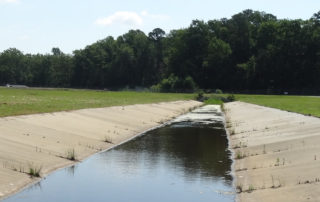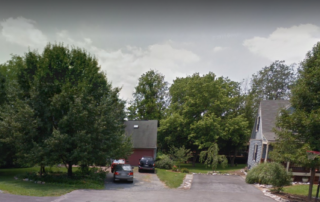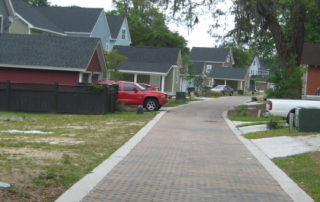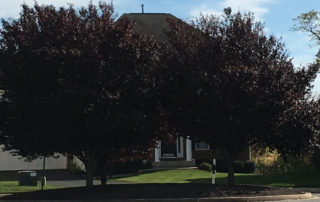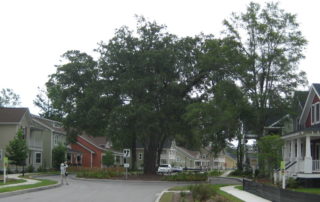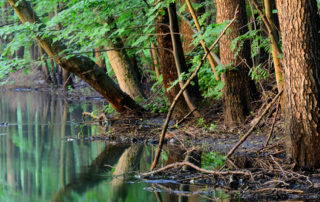Beyond Lead: Infrastructure Concerns and Water Quality
All infrastructure, including municipal pipes, roads, bridges and dams, is susceptible to damage and wear and tear over the years. Corrosion, crumbling and age not only weaken these systems, but lead to them breaking down or leaching chemicals and other toxins into drinking water supplies and runoff areas. Pesticides, debris and even pharmaceutical contamination from the surrounding population can impact water quality and system health. But when the pipes themselves become an issue, finding the source and assessing the situation can uncover an overlooked hazard. Lead pipes are commonly thought of as a potential threat, however, asbestos may also be [...]

